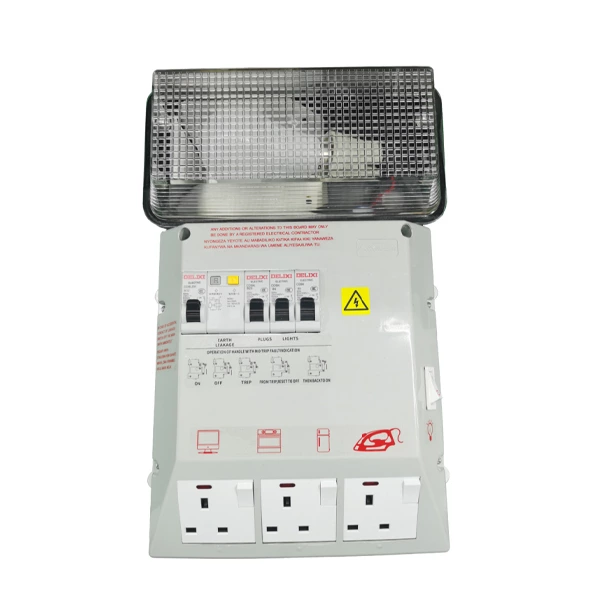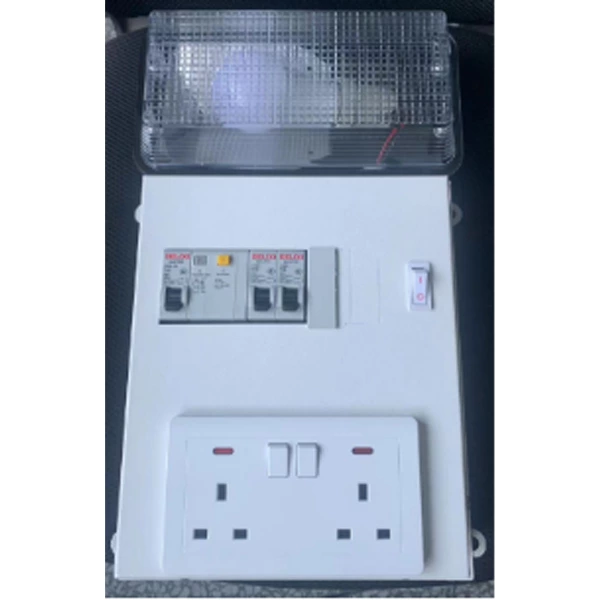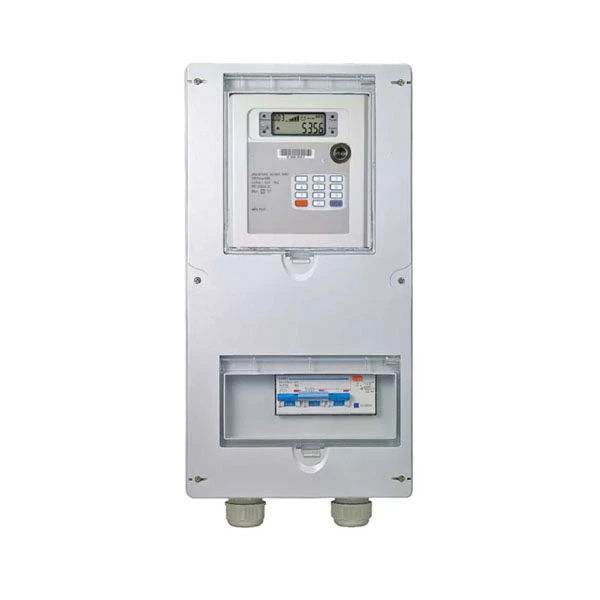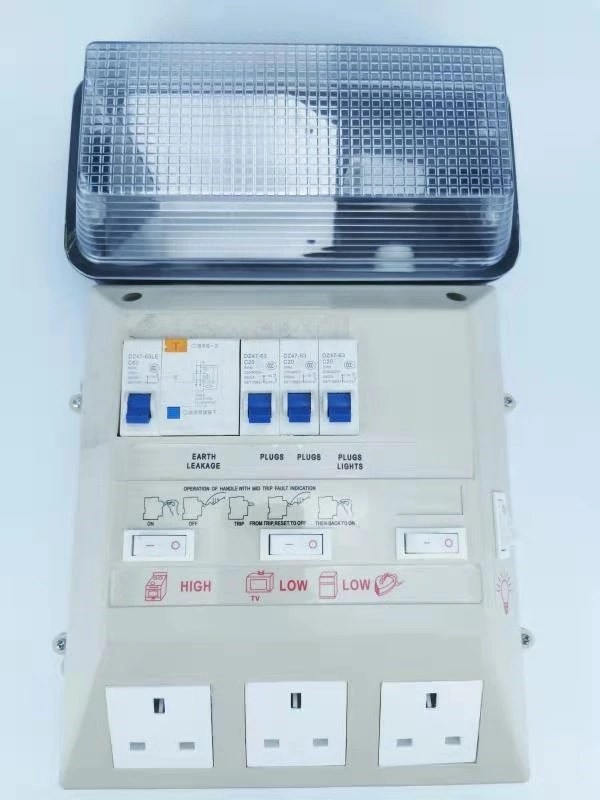Rural children's electricity safety: starting from locking the lighting electrical ready board
Due to insufficient protection of power facilities and weak safety awareness among guardians, children in rural areas are prone to electric shock accidents. According to statistics, the electric shock injury rate among rural children is 2.3 times higher than that in cities, with tragedies caused by accidental contact with lighting electrical ready boards, private wiring, etc. accounting for over 40%. To ensure the electrical safety of rural children, it is necessary to start with the most basic protective measure - locking the electrical ready board.
Root cause of hidden danger: electrical ready board becomes a "dangerous blind spot"
Rural lighting electrical ready boards are often installed in areas that are easily accessible to children, such as courtyard walls and eaves, and there are common problems with damaged doors and missing locks. Children may use metal objects to poke holes, pull wires, or even directly touch live parts due to curiosity or imitative behavior. In addition, rural households often use electrical ready boards as storage racks, and the accumulation of debris blocks warning signs, further exacerbating the risk.
Locking management: a low-cost and efficient protective barrier
Installing anti misoperation locks (such as password locks and padlocks) on the electrical ready board can effectively block the path for children to directly access the power supply. A pilot project for rural safe electricity renovation in a certain province showed that after locking the electrical ready board, the rate of electric shock accidents among children decreased by 67%. At the same time, it is necessary to establish a management system: village electricians should regularly inspect the status of locks, parents should check whether the box door is closed daily, and fluorescent warning labels should be posted on the box to strengthen the awareness of "non professional do not move".
System Governance: From Single Protection to Comprehensive Education
Locking the electrical ready board is only the first step, and a "hardware+software" dual guarantee system needs to be established: firstly, upgrading the power facilities and adopting child protection electrical ready boards (with built-in insulation barriers and automatic power-off modules); The second is to strengthen safety education, popularize electricity knowledge through village broadcasts, comic manuals, and school classrooms, organize children to participate in the "Safety Guardian" practical activities, and cultivate the instinctive reaction of "staying away from power sources".
Electricity safety is no small matter, especially for rural children who lack self-protection abilities. Starting from a lock, building the first line of defense is necessary to prevent light from becoming a hidden danger.




